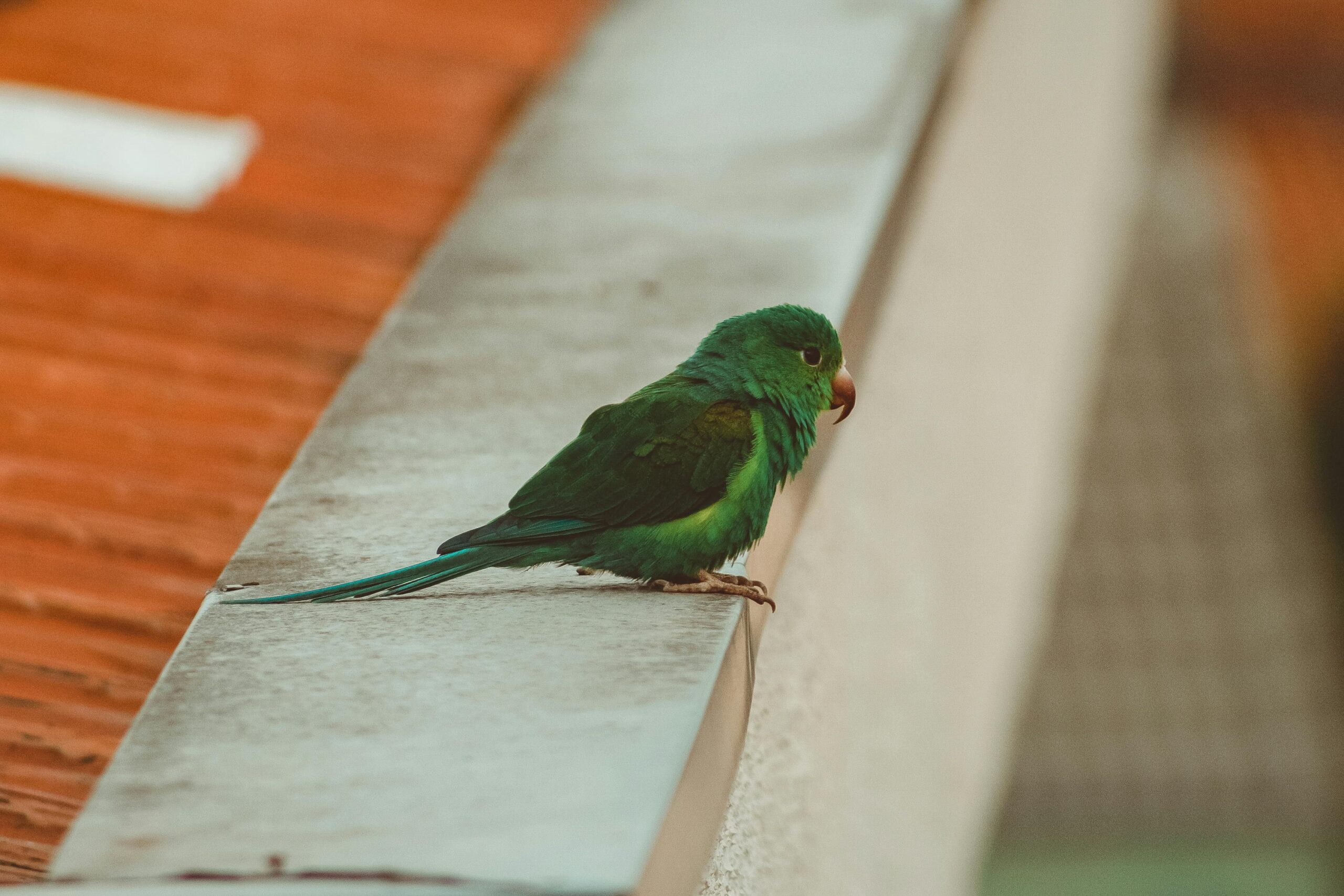Top Hamster Habitats
Creating the perfect environment for your hamster is crucial for its health and happiness. Hamsters are active little creatures that thrive in spacious and enriching habitats. This article will explore various types of hamster habitats, providing insights into their benefits and how to set them up correctly. Let’s dive into some of the best hamster habitats available, ensuring you can provide your furry friend with a suitable living space.
Types of Hamster Habitats
When choosing a habitat for your hamster, several options are available, each with unique features. From traditional cages to more natural setups, understanding the benefits of each type can help you make an informed choice. Here are some of the most common types of hamster habitats:
1. Wire Cages
Wire cages are a popular choice among hamster owners due to their excellent ventilation and visibility. These cages often have multiple levels and tunnels, allowing hamsters to climb and explore. It’s essential to ensure the spacing between the bars is suitable for your hamster breed to prevent escape. Additionally, look for models with a solid bottom to facilitate proper bedding material. A good example of a wire cage setup can be seen below:

2. Glass Aquariums
Another great option is a glass aquarium tank, which provides a secure environment for your hamster. Aquariums are more aesthetically pleasing and offer a suitable humidity level. They can be customized with various bedding materials and decorations. However, ensure adequate ventilation by covering the tank with mesh. This type of habitat is particularly beneficial for digger species like Syrian hamsters, as they love burrowing in the substrate.
3. Enclosed Plastic Habitats
Enclosed plastic habitats come in various sizes and shapes, often featuring tunnels and multiple compartments for exploration. These habitats are usually lighter than glass aquariums and easier to clean. However, ensure that they are well-ventilated and spacious enough for your hamster to roam around freely. Many models come with removable bases, simplifying the cleaning process and keeping your hamster’s environment fresh.
Setting Up Your Hamster Habitat
Once you have chosen the right habitat for your hamster, setting it up correctly is essential for ensuring an enriching environment. Here are some critical considerations for setting up your hamster habitat:
Choosing the Right Bedding
Bedding material plays a significant role in your hamster’s comfort and health. Aspen shavings, paper-based bedding, and aspen chips are popular options. Avoid cedar or pine shavings, as they can be harmful to hamsters. Offer a thick layer of bedding for burrowing, as this helps create a natural environment and keeps your hamster active.
Adding Enrichment Items
To keep your hamster entertained and stimulated, include enrichment items in its habitat. This can include chew toys, tunnels, and exercise wheels. Incorporate hiding spots and climbing structures, allowing your hamster to explore its surroundings comfortably. You might also consider adding natural elements like hay or dried leaves to mimic their natural habitat.
Maintaining a Clean Habitat
Regular cleaning of your hamster’s habitat is crucial to prevent the buildup of bacteria and odors. Aim to spot clean daily and perform a thorough cleaning at least once a week. Replace bedding and wash toys and accessories with pet-safe cleaners. A clean environment ensures your hamster remains healthy and happy.
Benefits of a Spacious Habitat
Providing a spacious habitat for your hamster is linked to various benefits that enhance its overall quality of life. Space allows for exercise, exploration, and mental stimulation, all crucial for a happy hamster. Here are some advantages of ensuring your hamster has plenty of room:
1. Physical Health
Hamsters are naturally active creatures, requiring ample space to run, climb, and explore. A larger habitat encourages them to engage in physical activities, helping maintain a healthy weight and avoiding obesity. An exercise wheel is a must-have for your hamster, as it provides an outlet for their energy.
2. Mental Stimulation
A spacious habitat filled with diverse toys and enrichment items not only promotes physical activity but also mental stimulation. Hamsters enjoy exploring their environment and solving puzzles. Adding tunnels, hiding spots, and treat-dispensing toys can keep their minds engaged and reduce stress.
3. Reduced Stress
Crowded living conditions can lead to increased stress levels in hamsters, affecting their overall health. A spacious habitat allows them to have personal space, reducing anxiety and aggression. Providing a suitable environment fosters a sense of security in your hamster, promoting a better quality of life.
Key Takeaways
- Choose the right type of habitat based on size, ventilation, and ease of cleaning.
- Ensure your hamster’s habitat is equipped with safe, appropriate bedding and enrichment items.
- Regularly clean your hamster’s habitat to maintain a healthy living environment.
- Space is essential for your hamster’s physical and mental well-being.
FAQ
1. What size habitat is suitable for a hamster?
A hamster should have at least 450 square inches of floor space, with a minimum height of 12 inches. Larger breeds, such as Syrian hamsters, may require more space to roam and explore comfortably.
2. Can I use pine shavings for my hamster’s bedding?
It’s best to avoid pine shavings, as they can release harmful oils that may cause respiratory issues in hamsters. Opt for safer alternatives like aspen shavings or paper-based bedding instead.
3. How often should I clean my hamster’s habitat?
Regular spot cleaning should be done daily, while a thorough cleaning of the entire habitat should be performed at least once a week. This includes replacing bedding and sanitizing toys and accessories.
4. What enrichment items should I include in my hamster’s habitat?
Include chew toys, tunnels, and exercise wheels to promote physical activity and mental stimulation. Hiding spots and climbing structures will also encourage exploration and reduce boredom.
5. Is it okay to keep two hamsters together in the same habitat?
Generally, it’s not recommended to house two hamsters together, as they can become territorial and aggressive. Syrian hamsters, in particular, should be kept individually, while dwarf hamsters may coexist in pairs if introduced properly.
